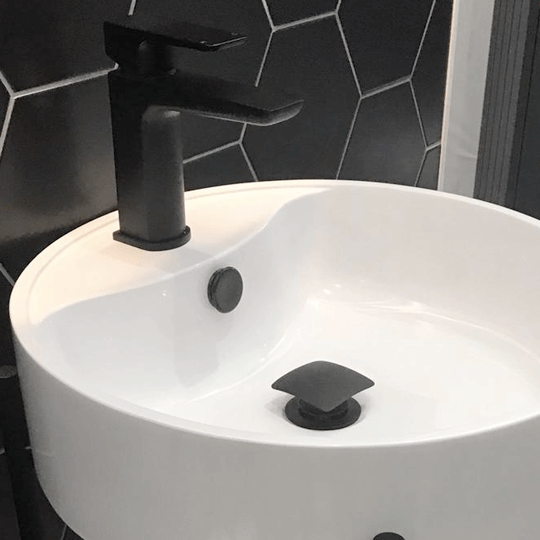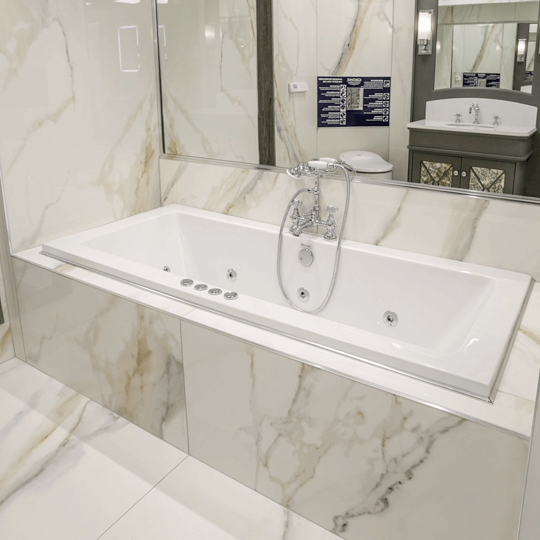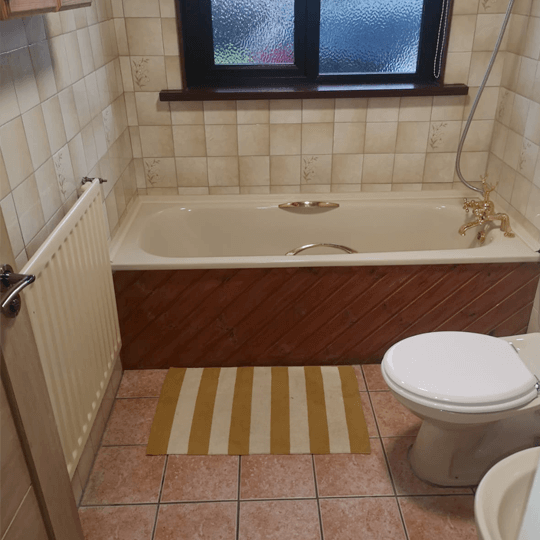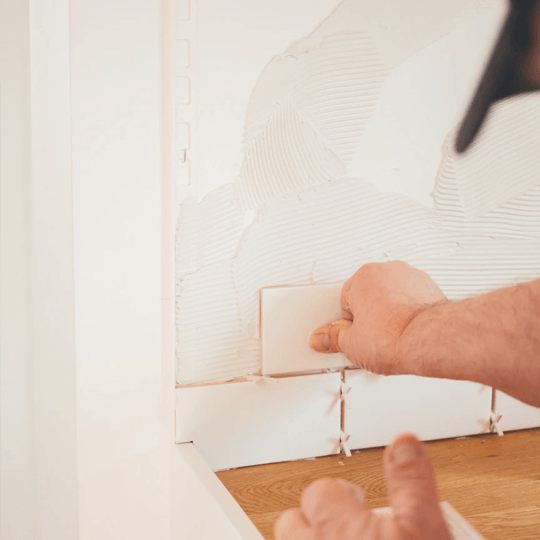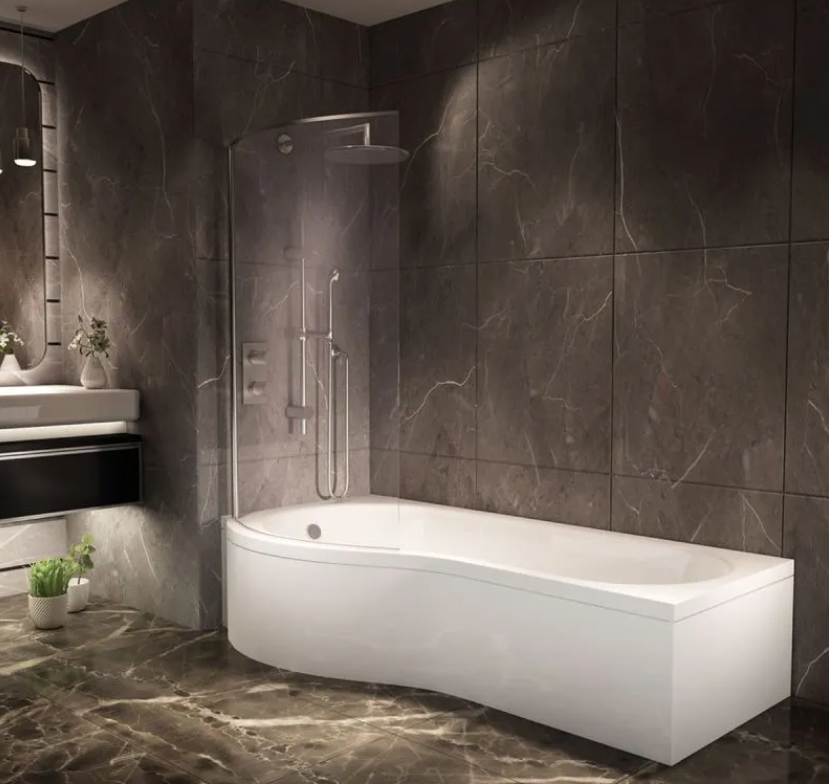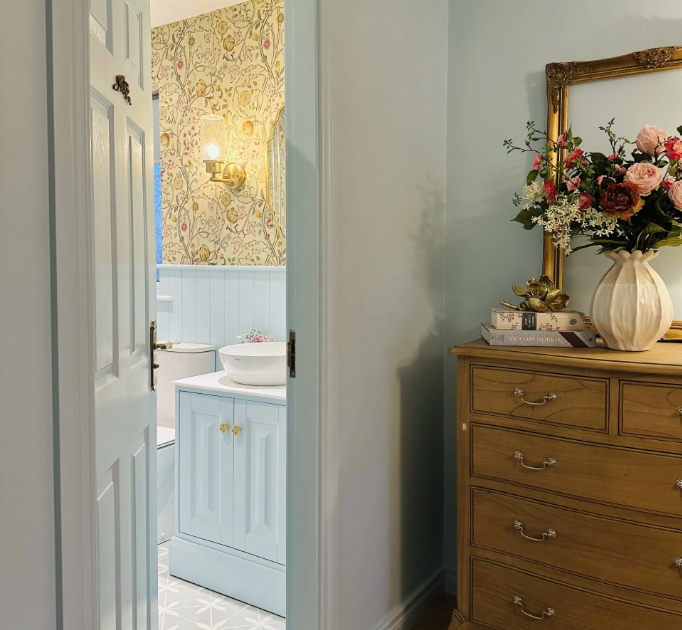How to Unblock a Toilet (Step-by-Step)
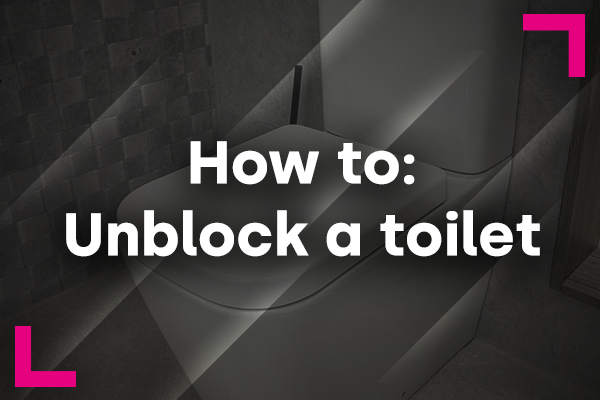
How to Unblock a Toilet: Step-by-Step DIY Solutions That Actually Work
It’s never a good time to deal with a blocked toilet, but it’s a situation most of us face at some point. Whether it's a minor clog or a complete blockage, knowing how to unblock a toilet yourself can save you both the cost—and the awkwardness—of calling a plumber.
The good news? With a few simple tools (and a calm mindset), there are several effective ways to resolve the issue yourself. Below, you’ll find practical, step-by-step instructions on how to unclog a toilet fast, with and without a plunger. At Bathshack, we are here to help.
First Things First: Don’t Flush Again
We get it, watching the water level rise in your toilet bowl is stressful. But flushing repeatedly will only make things worse by risking an overflow. Instead:
- Turn off the water at the valve behind or below the toilet
- Stay calm and assess the situation
- Try one of the proven methods below before reaching for the phone
What Causes a Blocked Toilet?
To fix a problem, it's useful to know what caused it. The most common culprits behind a toilet blockage include:
|
Cause |
Description |
|
Too Much Toilet Paper |
Soft clogs often caused by excess paper flushed at once |
|
Wet Wipes / Sanitary Products |
Non-flushable items that down break down and block the drain |
|
Limescale Build-up |
Mineral deposits narrowing the pipe flow |
|
Foreign Objects |
Toys, pads, wrappers accidentally dropped in |
|
Full Septic Tank |
Common in rural homes - Needs professional pumping |
|
Blocked Main Sewer line |
Requires professional help if multiple drains are affected |
How to Tell If Your Toilet is Blocked
Here are three signs of a blocked or partially blocked toilet:
- Slow draining water: A sign of a forming clog
- Low water level after flushing: May indicate vent pipe issues
- Water rising and not falling: A full blockage is likely
Tools & Supplies You Might Need
- Rubber gloves
- Plunger
- Jug or bucket
- Hot (not boiling) water
- Washing-up liquid
- Baking soda & vinegar
- Toilet auger or plumbing snake
- Enzyme-based toilet unblocker
- Old clothes or towels for splashes
How to Unclog a Toilet: DIY Methods That Work
1. Use Hot Water (No Tools Needed)
This is one of the easiest and safest ways to unclog a toilet without a plunger.
Steps:
- Remove excess water with a jug (if needed) and pour it outside.
- Add a squirt of washing-up liquid into the bowl.
- Heat 2–3 litres of water (hot but not boiling).
- Pour it into the bowl from waist height to apply pressure.
- Wait 10–15 minutes, then flush. Repeat if needed.
Repeat this method two or three times if needed. It works best on soft clogs like excess toilet paper.
2. Use a Plunger (Classic Method)
Plungers are still the go-to tool for most types of blocked toilet issues.
Steps:
- Make sure the plunger is fully submerged in water.
- Position it over the outlet and seal any gaps.
- Start with gentle plunging motions, then increase pressure.
- Repeat several times and flush to test.
TIP: Soak the plunger in hot water beforehand to soften the rubber for a better seal.
3. Use a Homemade Baking Soda Solution
Great for clearing smaller blockages and keeping your toilet clean.
Step-by-step:
- Pour half a cup of baking soda into the toilet.
- Follow with half a cup of white vinegar.
- Close the lid and let the mixture fizz for 30 minutes.
- Flush with hot water.
Avoid this method if you use a septic tank, as it can disrupt the bacterial balance.
4. Try a Toilet Auger (Plumbing Snake)
Perfect for tougher clogs deeper in the pipe.
Step-by-step:
- Gently insert the auger into the toilet bowl.
- Rotate the handle to break up or hook the blockage.
- Pull the auger back or push the clog through.
- Flush to test if the blockage is cleared.
5. Use a Wire Coat Hanger (If You Don’t Have an Auger)
How to use:
- Straighten out a wire hanger and cover the tip with a cloth.
- Insert it into the bowl and move it around to break up the clog.
- Be gentle to avoid scratching the porcelain.
- Remove the hanger and flush.
6. Use a Toilet Unblocker (Enzyme or Chemical-Based)
If nothing else works, this might do the trick—especially for organic blockages.
How to use:
- Wear gloves and ventilate the room.
- Pour half a cup of the unblocker into the bowl.
- Leave it for 30 minutes or as per the product instructions.
- Flush carefully and repeat if needed.
Always follow safety directions. Do not mix with other chemicals.
How to Prevent Toilet Blockages
A few good habits can go a long way:
|
Do |
Dont |
|
Flush Only Toilet Paper |
Flush wipes, cotton pads, or sanitary items |
|
Clean Regularly |
Let limescale and dirt build up |
|
Use Minimal Paper |
Overuse toilet roll in a single flush |
|
Educate Household |
Let kids flush toys or non-flushable items |
|
Close the Toilet Lid |
Allow foreign objects to fall into the bowl |
Find Your Next Toilet at Bathshack
A blocked toilet might be frustrating, but in most cases, it’s something you can fix quickly and safely with a few simple tools and a little know-how. Whether you’re using hot water, a plunger, a homemade solution, or a toilet auger, the methods above will help you get things flowing again.
If you’re looking for top-quality toilets, however, that we can do. At Bathshack, we supply a full range of bathroom-ware, including back-to-wall toilets, close-coupled, rimless, corner and wall-hung toilets, with comfort-height models also available and in both modern and traditional designs.
Whatever style you prefer, there’s definitely a toilet to suit your home – and we’re always happy to help you find it.
To find your ideal toilet, why not call into your nearest Bathshack showroom and we’ll be happy to help. Alternatively, email our team at info@bathshack.com or give us a call on (028) 9077 0188.
Visit: www.bathshack.com
Contact: info@bathshack.com | (028) 9077 0188
FAQs: How to Fix a Blocked Toilet
How Do I Unclog a Toilet Fast?
Try hot water and dish soap first. It's quick and often effective for soft clogs.
What's the Best Way to Unblock a Badly Blocked Toilet
Start with a plunger. If that fails, use a toilet auger for deeper clogs.
Can I Unblock a Toilet Without a Plunger?
Yes. How water, a baking soda/vinegar solution, or a toilet unblocker can all work.
How Do I Know if I Need a Plumber?
If multiple drains are affected, or if you have a septic tank that may be full, it’s time to call a professional.
